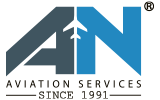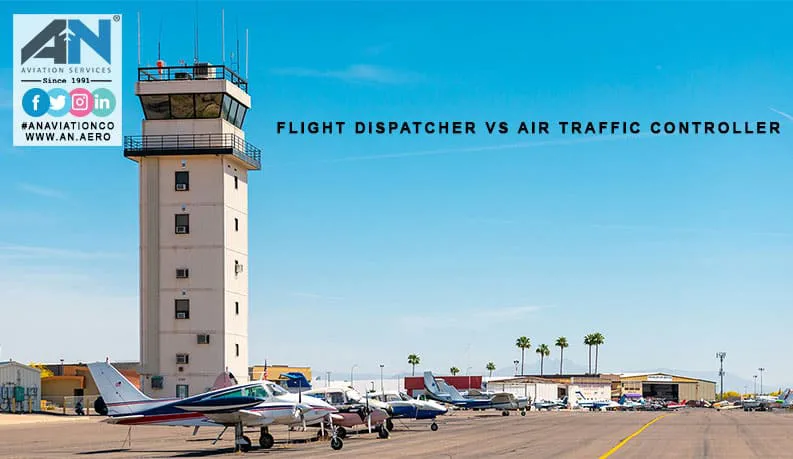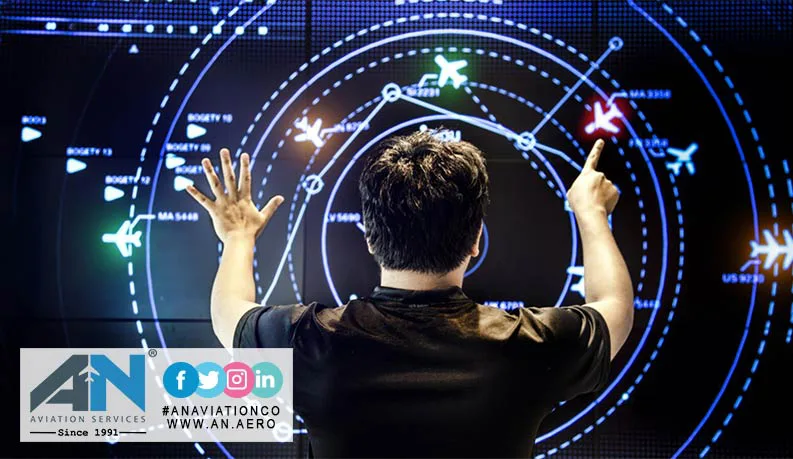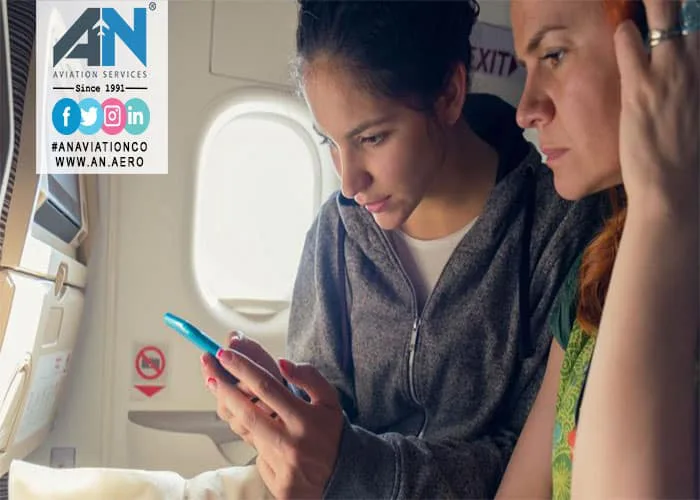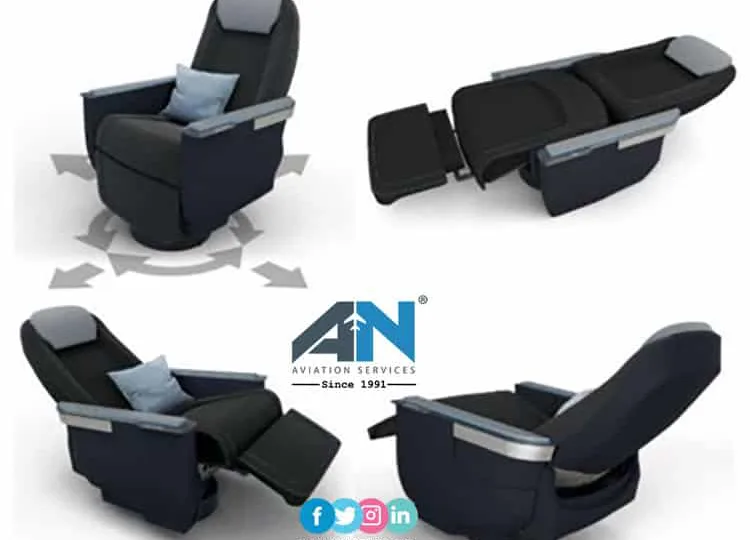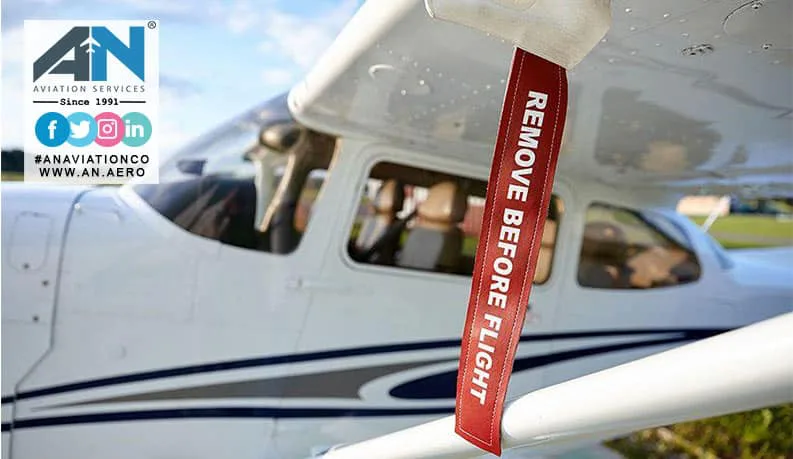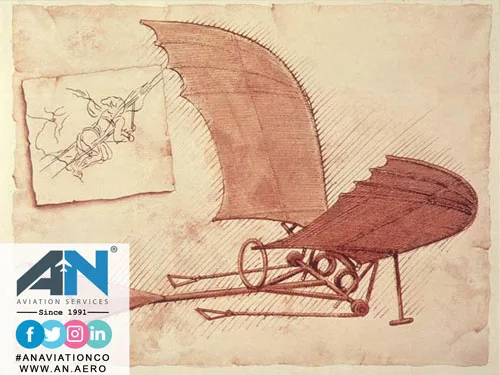The aviation industry is a carefully coordinated system, with various professionals working together to ensure safe and efficient air travel.
Both the Pilot in Command (PIC) and the Flight Dispatcher play vital roles in aviation, and their collaboration is central to the safe and efficient operation of any flight.
Staying connected while flying at 35,000 feet used to be a distant dream, but in flight WiFi has changed the game.
The aviation industry is always innovating, and one of the most exciting advancements in recent years has been the introduction of the Next-Generation Evolution Seat.
The airline industry is entering a new era where Inflight WiFi is no longer a luxury but an expectation.
If you’ve ever wandered around an airport, visited an aviation museum, or browsed aviation-themed merchandise, you’ve likely noticed the iconic red Remove Before Flight tags.
The Pilot in Command (PIC) holds one of the most crucial roles in aviation, entrusted with the responsibility and authority over the operation and safety of the aircraft. Whether in a commercial, private, or emergency flight setting.
The history of flight is a fascinating journey marked by human ingenuity, courage, and a relentless drive to conquer the skies.
